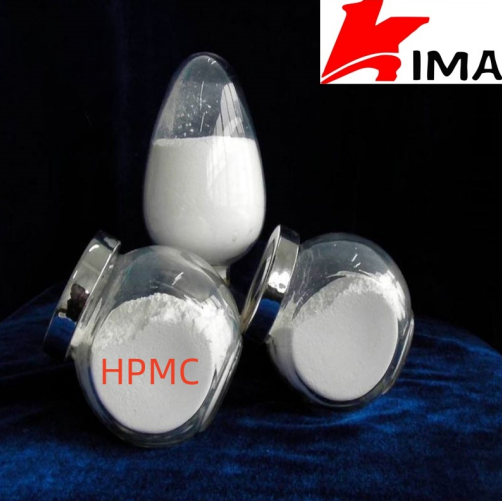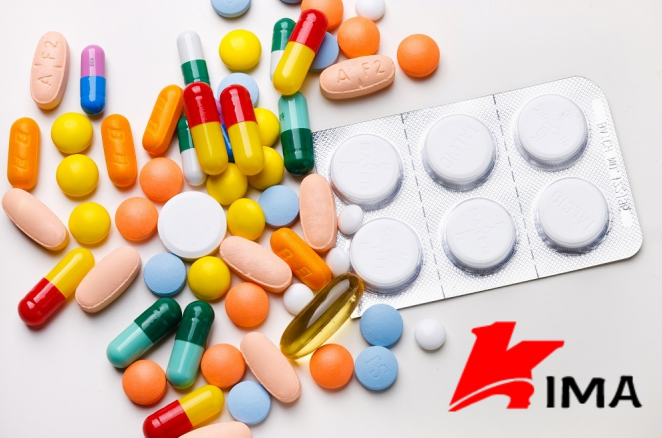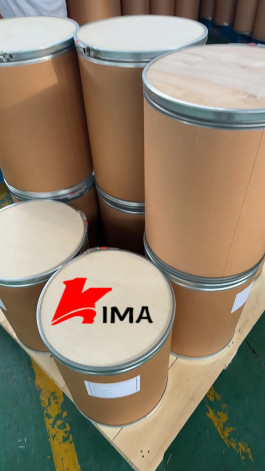Hydroxypropyl Methylcellulose (HPMC) is a commonly used water-soluble cellulose derivative widely used in drug film coating. It not only has good film-forming properties and drug controlled release properties, but also improves drug stability and patient experience.

1. Film-forming effect
As the main film-forming agent in film coating, HPMC can form a uniform film with the solvent. The molecular structure of HPMC consists of glucose units and hydroxypropyl and methyl groups. The combination of these hydrophilic and hydrophobic groups gives it good solubility and film-forming properties. When HPMC is dissolved in water, it forms a colloid substance. As the solvent evaporates, HPMC forms a uniform film on the surface of the tablet. This film not only has good mechanical strength, but also effectively protects the drug ingredients from the influence of the external environment.
2. Regulated release properties
HPMC is often used to control the release rate of drugs in film coating, especially in controlled release dosage forms. The water solubility of HPMC enables it to swell after contact with water, forming a certain swelling layer to control the release of drugs. Specifically, when the tablet enters the gastrointestinal tract, the film coating interacts with the body fluid, and HPMC absorbs water and swells to form a colloidal layer, thereby controlling the release rate of the drug. This process can not only delay the release of the drug, but also release the drug at a specific time or specific site to achieve targeted drug delivery.
3. Protect drug stability
Drug ingredients are susceptible to environmental factors (such as humidity, oxygen, light, etc.) in an exposed state, resulting in decreased efficacy or degradation. Film coating provides a physical barrier that can effectively isolate the drug from the external environment and reduce the impact of external factors on the drug. HPMC's film has good stability and can maintain the quality and efficacy of the drug under various storage conditions, especially in an environment with high humidity, HPMC can prevent the drug from absorbing moisture or reacting with moisture in the air.
4. Improve taste and taking experience
For some drugs, film coating can mask the bitterness, fishy smell or other bad taste of the drug, making the drug more acceptable to patients. HPMC, as a coating material, is tasteless and odorless, which can effectively improve the taste, especially in the preparation of oral drugs, which can effectively improve the patient's compliance with medication.

5. Enhance the acid resistance of drugs
HPMC has a certain acid resistance and can remain stable in the gastric acid environment, which is especially important for those drugs that need to be released in the stomach. By adjusting the molecular structure of HPMC or combining it with other materials, its stability in the acidic environment can be further enhanced to ensure the safe release of drugs in the stomach and avoid drug decomposition or failure due to the influence of gastric acid.
6. Biocompatibility and safety
HPMC, as a natural cellulose derivative, has good biocompatibility and low toxicity. It is not easy to cause allergic reactions or irritation reactions, so it is widely used in drug coating. Its safety and biocompatibility make it an ideal pharmaceutical coating material, especially suitable for drug preparations for special groups such as children and the elderly who have high safety requirements.
7. Improve mechanical strength and friction resistance
In the pharmaceutical process, drug coatings must not only have good film-forming properties and controlled release capabilities, but also have sufficient mechanical strength to prevent the coating from breaking or peeling off. HPMC films have good hardness and friction resistance, which makes the preparations less likely to be damaged during packaging, transportation and use, and can maintain their integrity and stability.
8. Effect on drug release
The effect of HPMC on drug release is mainly reflected in its swelling and viscosity properties. By controlling the molecular weight and hydroxypropyl and methyl substitution of HPMC, its viscosity in the solution can be adjusted, thereby affecting the release rate of the drug. For example, high-viscosity HPMC films can delay the release of drugs, while low-viscosity HPMC may accelerate the release of drugs.
9. Application examples
In clinical practice, HPMC is often used for film coating of a variety of drugs. For example, analgesics, antibiotics, anti-tumor drugs, etc. for controlled release. In these drug preparations, HPMC controls the drug release rate, prolongs the drug's effect time, improves the therapeutic effect, and reduces the occurrence of side effects.

Hydroxypropyl methylcellulose plays a multifaceted role in drug film coating. It not only provides film-forming properties and mechanical strength for drugs, but also regulates the release rate of drugs, improves drug stability, and improves patients' medication experience. Its safety, biocompatibility, and wide applicability make it an indispensable and important material in the pharmaceutical industry. With the continuous advancement of pharmaceutical technology, the application field of HPMC is also expanding, providing strong support for the development of new drug preparations.
 English
English 日本語
日本語 français
français Deutsch
Deutsch Español
Español italiano
italiano русский
русский português
português العربية
العربية Türkçe
Türkçe Nederland
Nederland






